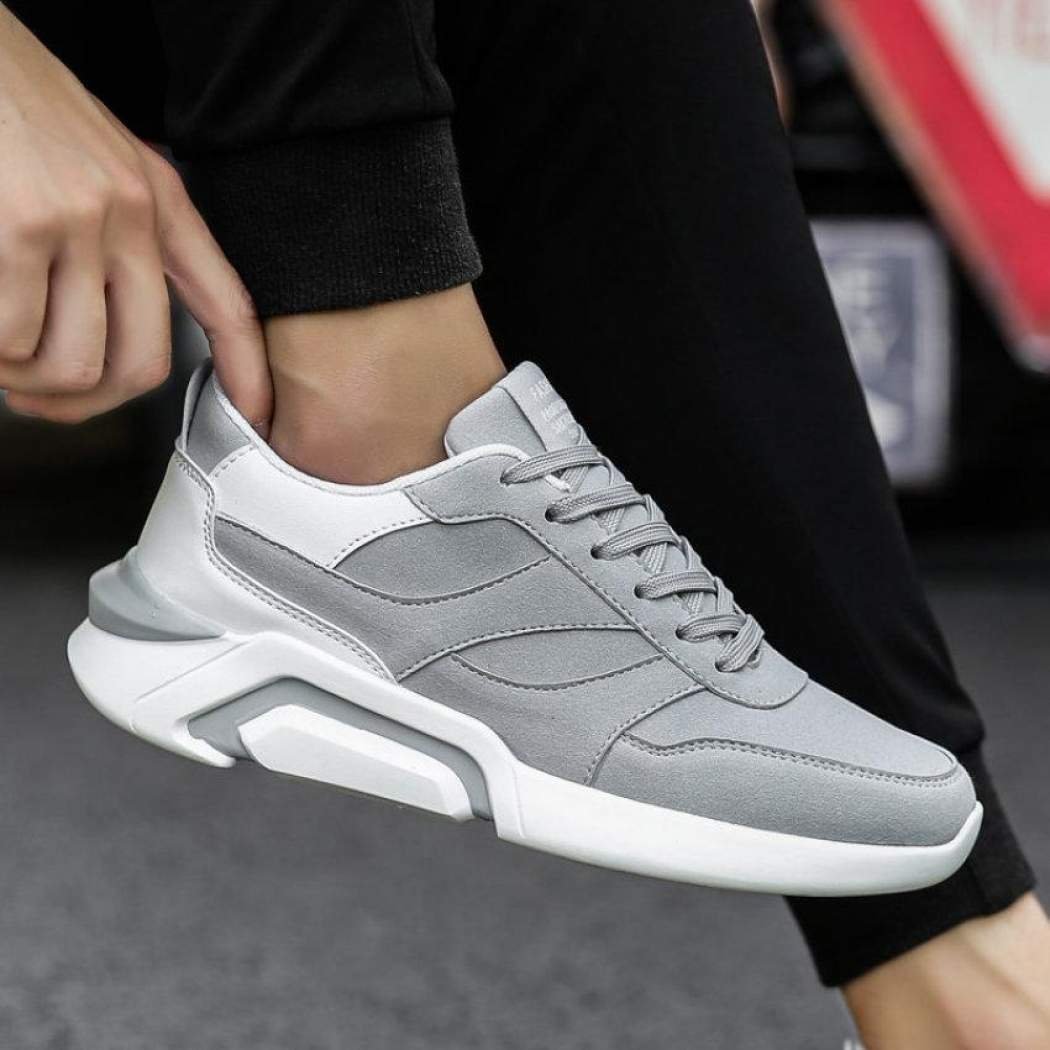Most of the outdoor sports shoes that you buy in a shoe store will feel very comfortable when you first wear them. The real test for them is waiting for many miles into your run when you realise one of these three things:
- They are either too tight or too loose when you run.
- They do not support your running style and type of running requirements.
- They do not feel comfortable while running.
Generally, a pair of outdoor sports shoes should last between 600 to 800 kilometers. Depending upon how hard you train, this should be somewhere in the range of 3-5 months. If the midsoles and outsoles of your present pair of shoes are compressed or getting worn, then it is time to buy a new pair of shoes.
Outdoor sports shoes come in the following three categories:
- Road running shoes: They are designed to be used on paved roads and only casual forays on unpaved roads or surfaces. They are light and flexible with a cushion on the heels to stabilise your feet while they follow a repetitive stride on a hard surface.
- Trail running shoes: They are designed for unpaved and off roads like dusty, muddy and rocky trails. They have much better tread to provide you the proper grip on slippery and uneven surfaces and also have a much thicker and stronger heel and underfoot support.
- Cross training shoes: They are designed for workouts in a controlled environment like the gym or any other balance activity where a larger and studier contact with the ground is preferred rather than a thicker sole.
In the end, your choice of shoes should favour and support your style of running. Just owning a pair of high end expensive shoes like a variety of hastily bought boys sport shoes online, does not guarantee a good and comfortable pair of running shoes. Your running pattern can be deduced by observing the wear pattern on the soles of your old shoes.
Most runners fall under the first two categories:
- Pronation: When the ball of the foot and a small portion of the heel touches the ground. This is the most natural position of the foot following the heel strike on the ground for any runner. It absorbs the impact of the rest of the body hitting the ground and relieves the pressure from the impact on the knees and joints.
- Overpronation: This is an exaggerated form of pronation when the foot’s natural roll inwards is instead towards the edges of the feet. This problem affects many runners leaving them with knee pains and various joint related injuries. The gait can be corrected to be more natural with practise otherwise this gait of running requires a special motion controlled running shoe.
Underpronation: This happens when the foot instead of an inward roll as in the other two types has a marked outward roll that results in an insufficient impact of the foot while landing. Very few runners have this gait but this can be easily controlled with sports shoes with plenty of cushion and flexibility.




